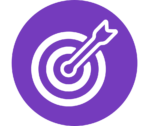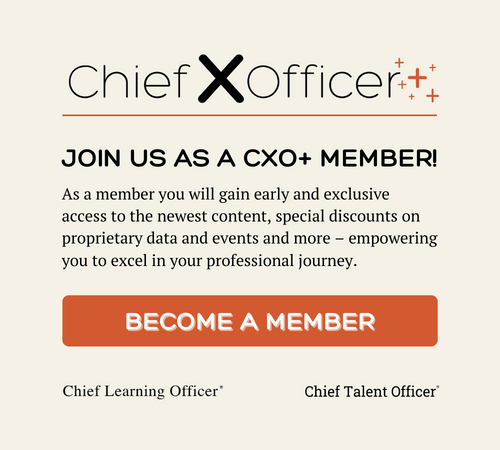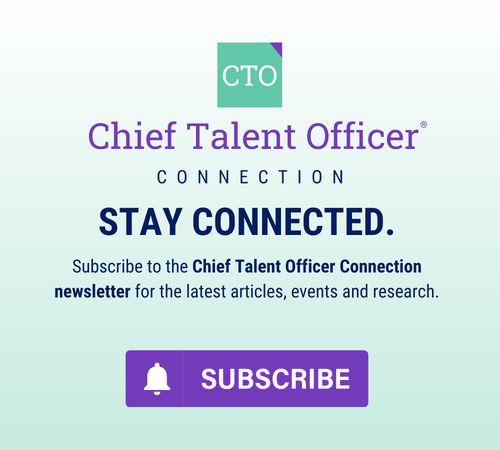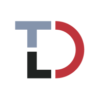-
Boldly changing from safe to future-ready
How one L&D leader made a decision that radically elevated her ROI on learning.
-
Designing for difference: How UDL creates breakthrough leadership development for neurodiverse talent
For organizations struggling with talent retention and innovation, how we develop neurodiverse leadership talent may be an untapped competitive edge.
-
Bridging the AI skills gap in your organization
Talent leaders and executives have a responsibility—and an incredible opportunity—to upskill existing talent, develop the workforce and prepare the next generation of leaders to play an active role in shaping the future with AI.
-
A shared mission for the common good
The Coalition for the Common Good, founded by Antioch and Otterbein Universities, is opening doors for collaboration, building bridges to the workforce and pursuing social justice.
-
Improving team performance with collaborative problem-solving
Exercises for improving the way your team communicates, trusts each other, solves problems and makes decisions.
-
The hidden costs of leadership cultures: Moving from leader-centric to team-focused
Research has underscored the value of developing teams for years, yet most organizations still equate team effectiveness with more superficial team-building activities. This confusion has left a massive gap in talent strategies.
-
Is your mentoring program underperforming? Here’s how to give it a facelift
What are the hidden challenges with typical mentoring models? Following is practical guidance for building programs that drive measurable outcomes for employees and the business.
-
How strong is your organization’s leadership bench?
To continuously improve leadership bench strength, organizations must shift their practices from a traditional pipeline management approach to a business context management approach.
-
Rise and thrive!
For Randstad RiseSmart, helping people thrive in their careers is the ultimate mission and goal.
-
Powering all leaders for good
Since its inception 45 years ago, Blanchard has doggedly pursued its primary mission: to help leaders equip themselves with the mindset and skill set to be better leaders. What’s changed is the “how.”
- BUDDY PASS NOW AVAILABLE on CLO Symposium Registration, CLO Accelerator Enrollment and Membership.
- BUDDY PASS NOW AVAILABLE on CLO Symposium Registration, CLO Accelerator Enrollment and Membership.
- BUDDY PASS NOW AVAILABLE on CLO Symposium Registration, CLO Accelerator Enrollment and Membership.
- BUDDY PASS NOW AVAILABLE on CLO Symposium Registration, CLO Accelerator Enrollment and Membership.

A talent strategy shapes an organization and outlines the processes, goals and methods the organization needs to see a transformation in their talent management programs and corporate development in order to innovate into the future.




















